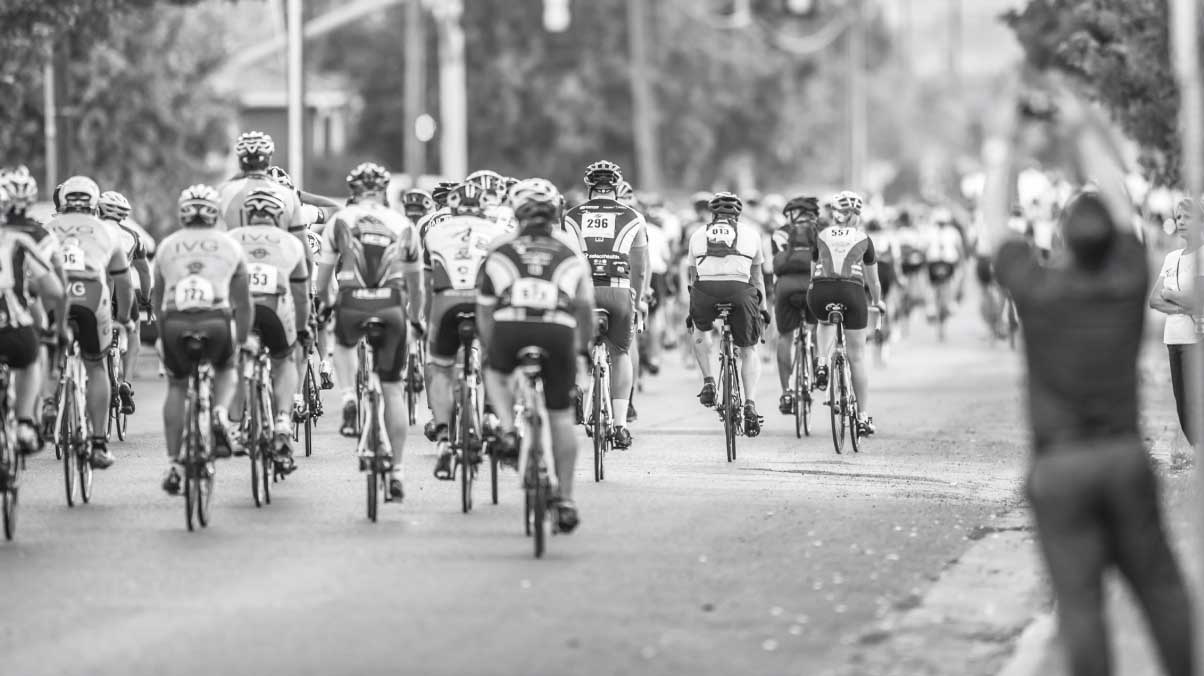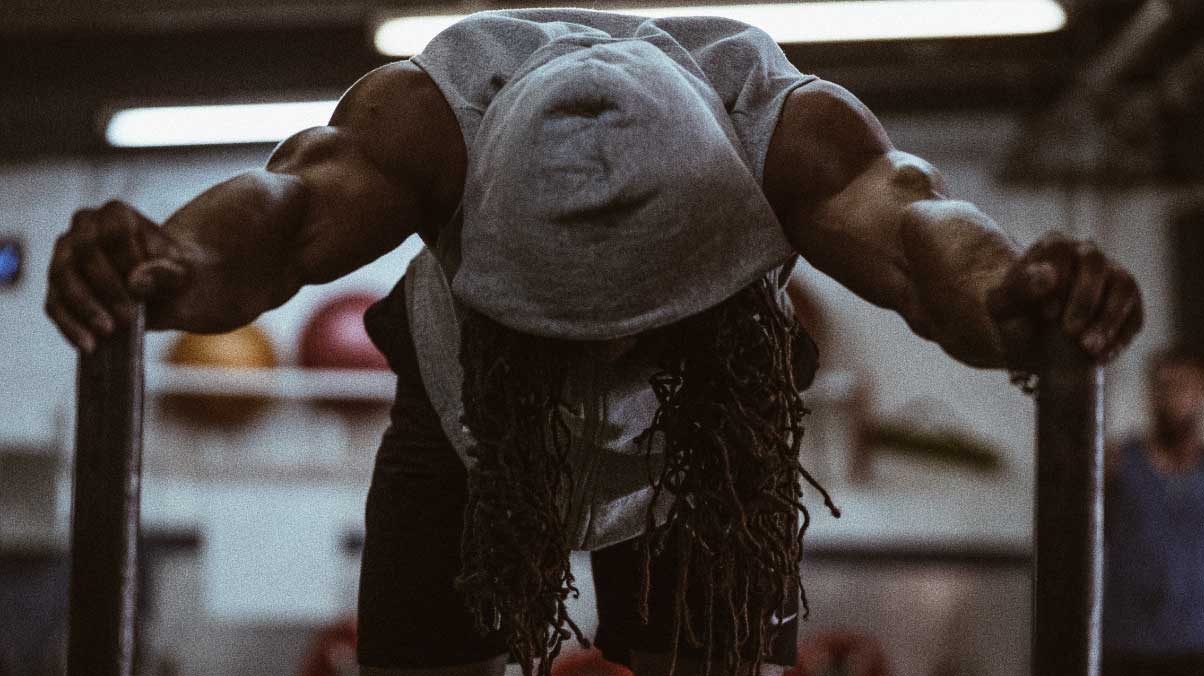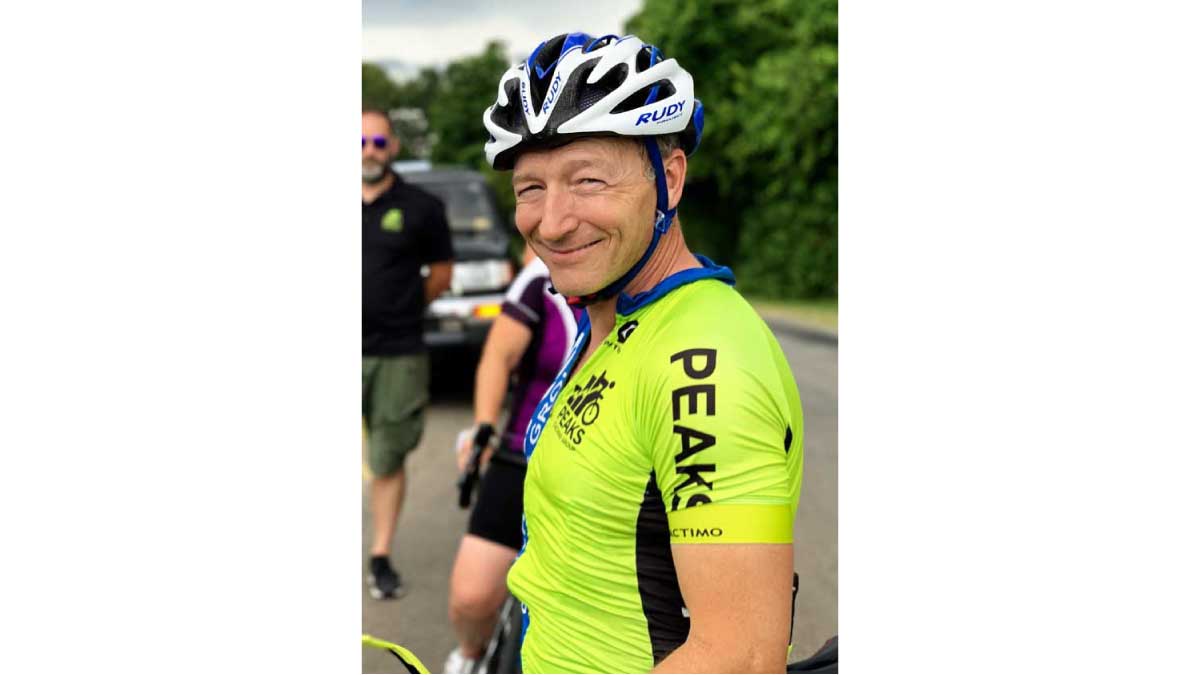Off-season Training
Tips & Trainingby Hunter Allen
What you do in the “off-season” determines your success during the season.
It is similar to doing your “homework” and come spring, in the first event, group ride, or race, it’s obvious who has done their “homework”.
I see it every year with riders that go to the next level over the winter and never look back. You have an incredible opportunity to make that leap this winter, so that your FTP is 5-10-15% higher come March 1. Now, this is not as easy as writing or thinking about it and you will have to put in the work.
Winter training means that you are very motivated, have a strong goal for the coming season and want to improve. This also means that you need to balance your off-season training so that you do not peak in January. We call these riders the “January Stars” and they are usually struggling in April or May.
What you want to do is make sure that you slowly and consistently build your foundation of fitness and increase your FTP throughout the off-season, so that once the season begins, you “launch” off of that foundation to a big increase in FTP. Training too intensely or too frequently can create that “January Star” fitness that you want to avoid.
Before going more technical, here’s something you should know:
- Keep cool during all your races and indoor workouts. Heat is the enemy, so making sure that you have multiple fans sending air over your body is critical to training effectively indoors.
- Drink cold water in order to continue the cooling effect.
- Always keep some sports nutrition nearby in case you have a drop in blood sugar and you need something quick.
- Always ZERO your Assioma power meter before you ride on the trainer. This is just a good practice to be in, making sure that your data is the best it can be.
- Take 10-15minutes AFTER your indoor session to stretch. I highly recommend you learn the “pigeon pose” from yoga. It’s excellent and the “king” of poses for cyclists.
- If you are doing longer indoor workouts, then make sure you take a break for 3-5minutes every 1.5 hours and walk around, use the bathroom and stretch the legs just a bit.

Photo by Munbaik Cycling Clothing on Unsplash
Where do I start?
Before you start any training plan, you first must define your goals for the coming season. Which events, races, Gran Fondos do you want to compete in? Once you have decided on your goal events, you need to examine them for their “demands”.
Once those are defined, then look at your own strengths and limiters. You should already know what kind of rider you are: sprinter, climber, or ultra-endurance ride, etc. and your FTP. Combining your abilities with the event demands now helps to give you a focus to your training.
For example: If your event is in May and it is a Gran Fondo that is 110 miles (177km) long, and over 2 mountains, which will be about 45 minutes and 25 minutes long. After you conquer the mountains, there will be “100” small rolling hills to the finish line. Your strengths are your anaerobic capacity, your bike handling, and your sprint. Your limiters are your FTP and your stamina.
Matching up the demands of the event and your strengths and limiters now helps to create a training focus. In this example, the cyclist should focus on improving their FTP to stay with the best on the climbs and also increasing their ability to produce a high level of power for a longer and longer time, or stamina. This way the rider will be able to stay with the best or near the best on the climbs and then have plenty of power in reserve to tackle the “100” hills afterward.
After you have completed mapping out the demands of the event and aligning your training focus, it’s important to realistically decide how many hours a week you will train and how you will incorporate indoor and outdoor training. Using a Smart Trainer or a “dumb” trainer will be needed this winter as consistent training will be critical.
Whether or not, you have a Smart Trainer, or a dumb trainer, then make sure to use your Assioma pedals as the power source. You want to have consistent power from indoors to outdoors and it is always best to use your power meter as the power source. You know the Asssioma pedals are accurate, measure at the same location (pedals vs. downstream of the drivetrain) and you will receive consistent and sound data that you can trust ride after ride whether in the winter or the summer!

Photo by Troy Oldham on Unsplash
What should my focus be?
For nearly every cyclist, improving FTP is always a great goal. If your FTP is 200 watts now and you increase it to 225 watts, you will be faster! And being faster is always better, right?
So, this winter, regardless of your goals, you should strive to gradually increase your FTP.
The best way that I have found to do this over the winter is a steady diet of “sweet-spot” and tempo intervals that are both steady-state and incorporate short bursts. “Sweet-spot” is riding from 88-93% of your FTP and this is a hard, intense effort, so you need to be ready for them and make sure that you only do these kinds of intensities 1-2x a week. Riding at a tempo pace can be easier (although the top end includes sweet-spot) and is from 76-91% of your FTP.
For your winter training, focus on keeping your tempo riding from 76-85% of your FTP and this will be a great place to train at a high enough intensity to maintain fitness and gradually increase it.
You should do at least 90-120 minutes of tempo riding per week throughout the winter. Of course, this is dependent on your current fitness and goals! For example, a new rider might only do 90 minutes of tempo spread across 6 workouts, whereas an elite professional rider might do 5-8 hours of tempo riding in a week!
“Tractor Pulls": why they are a must for your training
A second workout that you should consider incorporating into your off-season training are what I call, “Tractor Pulls”. These intervals are very specific and designed to increase your muscular strength on the bike so that you can produce more absolute power when you need to charge up a short hill, sprint to the finish line, attack a breakaway, push it over a tough section of gravel road and even can help time trialing.
Most of us think of strength work, as lifting weights in the gym and this is really no different except you are doing on your bicycle in the motion of pedaling.
To do “Tractor Pulls”, find a flat section of road at least 500 meters long. Place your bike into the largest gear you have, for example, the 50:12 combination. Slow down to 5mph (11kph), while staying in the saddle for the entire interval, begin with an explosive push on the pedals, working hard to bring the bike up to speed. You will be pedaling against a high force (torque) and this is the goal, to elicit muscular stress that increases your muscular strength. You will push hard on the pedals until you reach 80 rpm or 30 seconds, whichever comes first. At roughly 80rpm, the amount of force on the pedals will be low and not enough to stimulate a muscular strength adaptation. Hence, there is no need to continue pushing on the pedals. Recover for about 5 minutes between each of these and complete at least 10 “Tractor Pulls” in one session.
Be careful of the strain on the knees and ensure that you are properly warmed up before beginning these. Your Heart Rate won’t go very high, but that’s fine as the purpose is to stress the muscles.

Photo by Kyle Johnson on Unsplash
What about racing in a virtual world this winter?
I recommend that you limit your racing indoors to one time per week. This is plenty of intensity each week in the winter and more will only contribute to creating a “January Star” and burnout by April of the coming year. More and more, I have spoken with cyclists that have raced 3-4-5x a week in the winter and by April, they are done with riding and getting off their bikes, just when the outdoor weather is getting better!
When you race, you should pick races that are NOT your strength. For example, if you are good with short bursts out of the saddle and constant accelerations, then you should work on the opposite and do races with longer, steadier and harder climbs at or near your FTP. These will be harder and you might do as well, but reminder, this is the off-season and you are not trying to “win” the off-season.

Hunter Allen has FTP online training programs available at FTP Archives - Shop Peaks Coaching Group.
He is the co-author of “Training and Racing with a Power Meter”, “Cutting Edge Cycling” and “Triathlon Training with Power”.
They are available at www.shoppeaks.com.
You can contact Hunter directly at www.PeaksCoachingGroup.com for personal coaching and camps.
Read the other articles
- The “Demands” of MTB: Should I Pedal Harder or Pedal Faster?
- The Power of Training with a Power Meter
- Why Train with a Power Meter for MTB
- Training with a Power Meter: How to Get Started
- How to use a power meter to your advantage in a triathlon
- How to improve your FTP
- Power Training Zones for Cycling
- Why Train with a Pedal-based Power Meter?
- The FTP Test: What is it and how to do it
